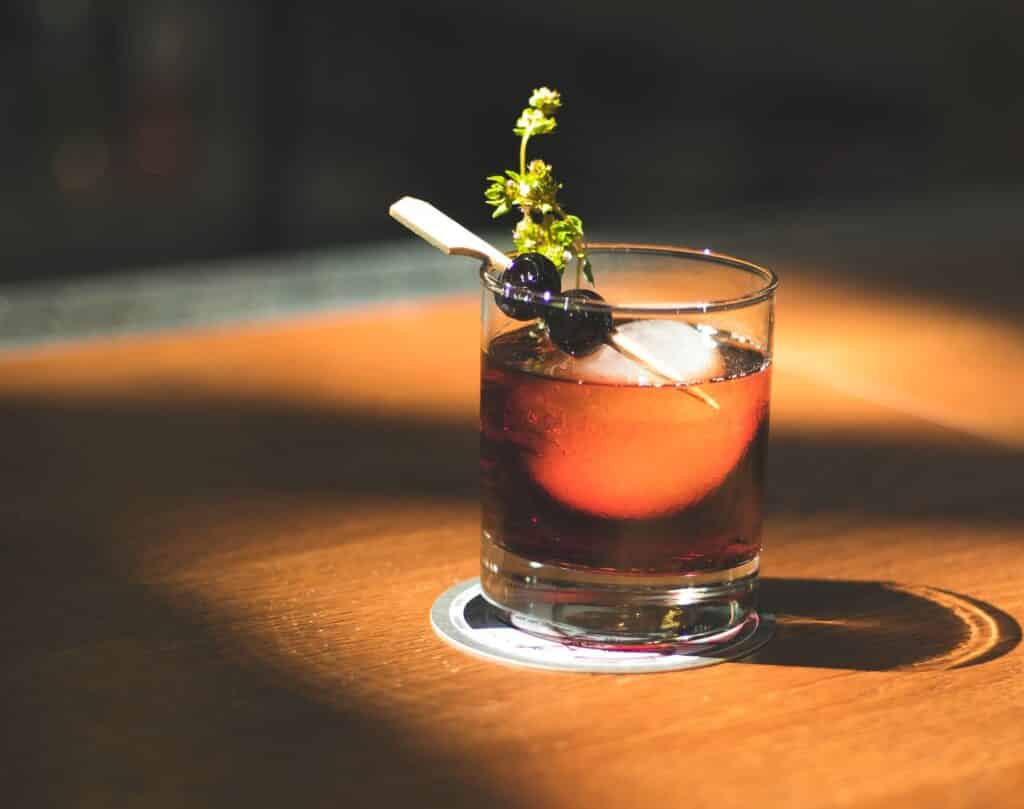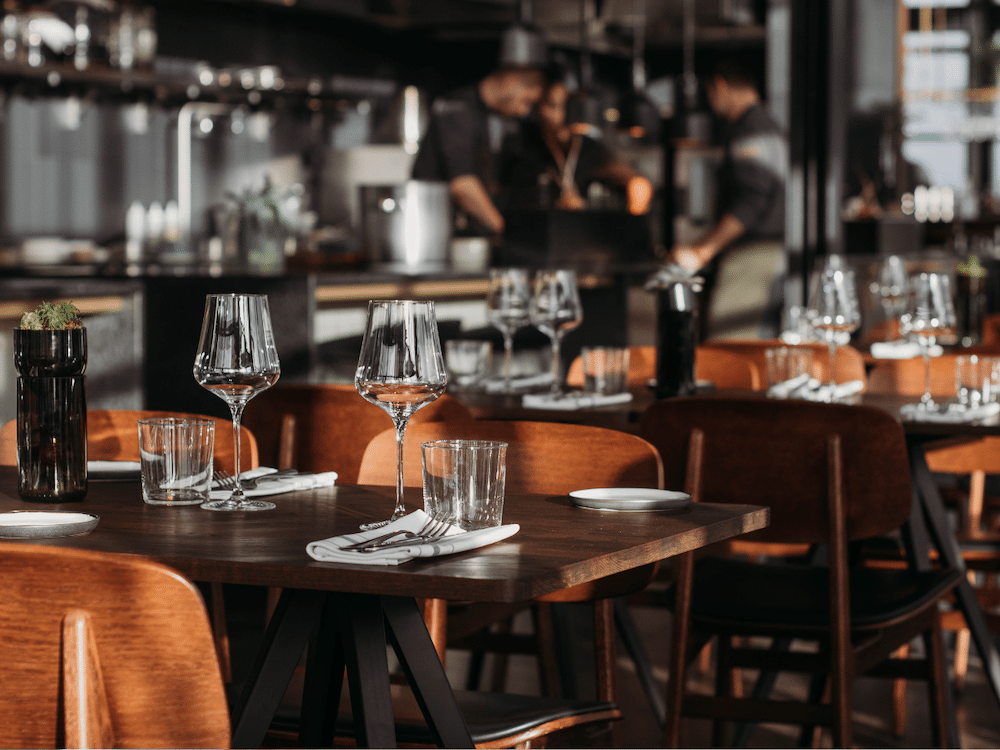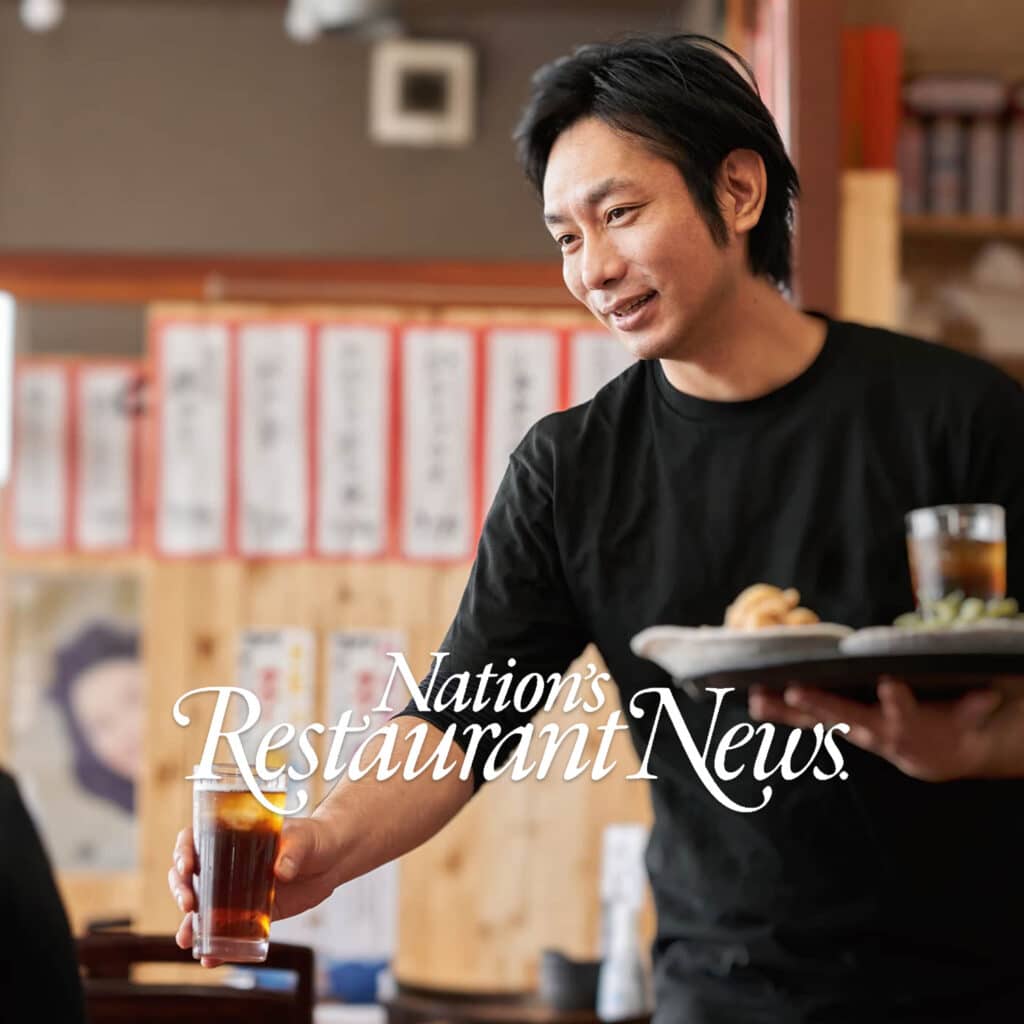Selling alcohol is a lucrative business when done correctly. Understanding your liquor cost percentage is the first step to improving your overall profit margin.
What is a good liquor cost percentage?
Whether you call it liquor cost, beverage cost, or pour cost, it’s the percentage of the menu price that it costs you to create that drink.
In general, most bars and restaurants should strive for a pour cost between 18% and 24%. The average bar has a pour cost of 20%, indicating that every dollar of beverage sales generated costs the business 20 cents and leaves 80 gross margin.
What is the average mark up on alcohol in a restaurant?
The mark up on alcohol is much higher than food, with operators often seeing a 60-70% profit on alcoholic beverages.
Liquor cost formula
To calculate liquor costs, add the Opening Inventory (the liquor you had at the beginning of the day), and the Purchases (what you purchased during the day), subtract the Ending Inventory (what remained at the end of the day) and divide it with the Sales during the day.
(Opening Inventory + Purchases – Ending Inventory) / Sales
How to increase profitability on restaurant liquor sales
All too often, liquor profits are hurt by bad habits. Below are a few areas to pay attention to if you want to make the most of your liquor sales.
Maintain a firm inventory
As profitable as it might be, alcohol can also create an opportunity for employee theft. To reduce this temptation be sure to limit the purchase, receipt, and issuing of alcohol to key personnel. Conducting daily inventory checks to ensure that bottle counts and liquor levels match sales will also decrease undesired behaviors such as drinking on the job, overpouring, and providing free drinks to friends and family.
Have standardized recipes accessible
Drinks can be prepared in a variety of different ways. Fluctuating quantities and recipes can make both forecasting and controlling inventory difficult. To remedy this, document specific formulas for staff to follow when it comes to each beverage recipe – even down to the garnish – and keep them available for bartenders to reference if they ever get stuck during their shift.
Teach staff how to pour drinks accurately
In addition to having written recipes available, be sure to have bartenders use measuring tools. While many seasoned bartenders prefer to use eye measurements, a precise pour is key to controlling inventory and can help prevent monetary damage and liability issues associated with overpouring.
Prevent theft
The bartender may not ring in each drink that is poured and pocketing the cash instead. Spot-audit various shifts and watch as things are being rung in. If the shifts that you were watching over-represent significantly lower sales than you witnessed a particular bartender pouring, then there may be suspicious activity.
Also, be sure to watch for over-pouring. This is when a bartender pours stronger drinks for friends, family, or regulars to get bigger tips. This can be identified by counting inventory before and after each shift and comparing it to your sales reports. Enforcing the use of measured pours – with no exceptions – can help reduce loss to over-pouring.
Provide proper POS training
As mentioned above classic drinks come with certain expectations. Yet keep in mind, that some customers will want to put their own twist on the classics. Be sure to show your bartenders not only how to ring up and price drinks based on what the menu offers, but also teach them how to charge for other modifications. Understanding how to add in miscellaneous costs can prevent you from losing money from unpaid extras.
Offer Happy Hour specials
Increased incremental sales for slow dayparts. Restaurants that tend to draw in the breakfast or lunch crowds can increase sales during slower dayparts by offering happy hour options between 5-7 PM.



